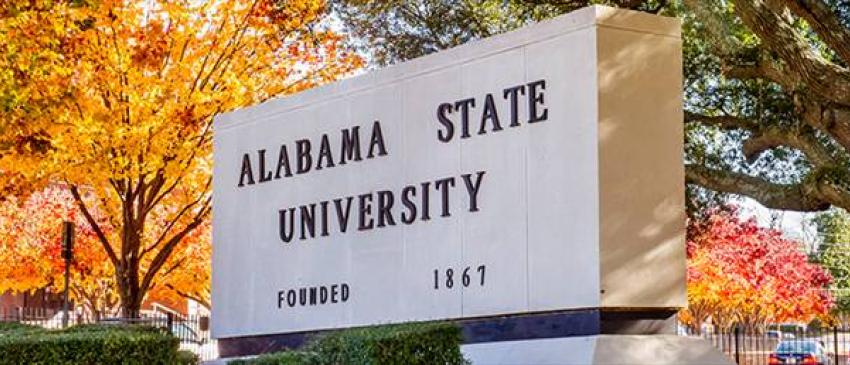Founders’ Week should be filled with activities
February 4, 2023
We believe the nine former slaves that incorporated Alabama State University in July, 1867, would be very disappointed with the manner in which we celebrate the university’s founding this week.
Instead of the university forming a committee during the fall semester to come up with activities and programs to celebrate our founding, the only thing that students were presented with was the Founders’ Day Convocation, which was held virtually.
As this staff took the time to go through older issues of The Hornet Tribune, the university did so much more to recognize the founders in previous decades like the 1990s, 2000s and 2010s.
Students visited the cemetary where many of the presidents are buried and even laid reefs. There were community efforts involved as students and faculty went to several elementary schools and read books to the children. In addition, there were a number of programs and activities held on the campus that recognized the founders. These programs and activities allowed the students to become involved and learn more about their university.
Unfortunately, freshman orientation does not address the history of the university comprehensively, as one semester will not allow for an indepth study. To be honest, students probably need an entire year to study the accomplishments of this university. Therefore, to adequately make up for this deficit, the university should create programs and activities on a regular basis that help students to understand that Alabama State University is one of the first historically Black universities in the nation and has contributed so much to the nation’s progress.
It is this staff’s belief that the founders deserve more attention and recognition than they received this year. If nine former slaves could team up and get the community to come together and raise $500 to educate their children, then 156 years later, we should be able to spend at least $50,000 to recognize their efforts.
The founding of the university is much larger than just the nine former slaves. It is a time that the university can take to recognize the people who kept this university afloat when its very existence was threatened.
People like Thomas Charles Stewat who was threatened constantly by the Klu Klux Klan for coming to Alabama and starting a school in Marion for Negroes.
People like William Burns Paterson, who took it upon himself to find a place for this school when the State Normal School was forced out of Marion and he had to find a place in Alabama for the university to settle at a time when white people were not at all thrilled with the idea of a school for Blacks.
People like Harper Councill Trenholm who ultimately was the linchpin in State Normal returning to an institution of higher education that could confer undergraduate and graduate degrees, but who was forced out of office because the governor of Alabama felt like he was not doing enough with the students who were advocating for civil and human rights during an era when Jim Crow reigned supreme.







